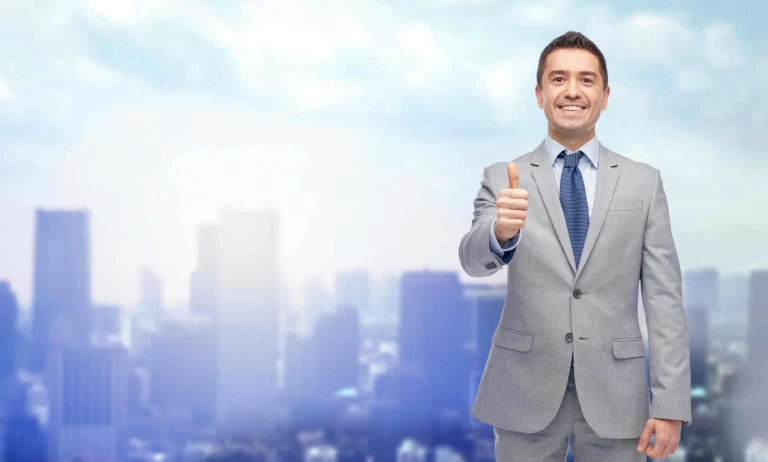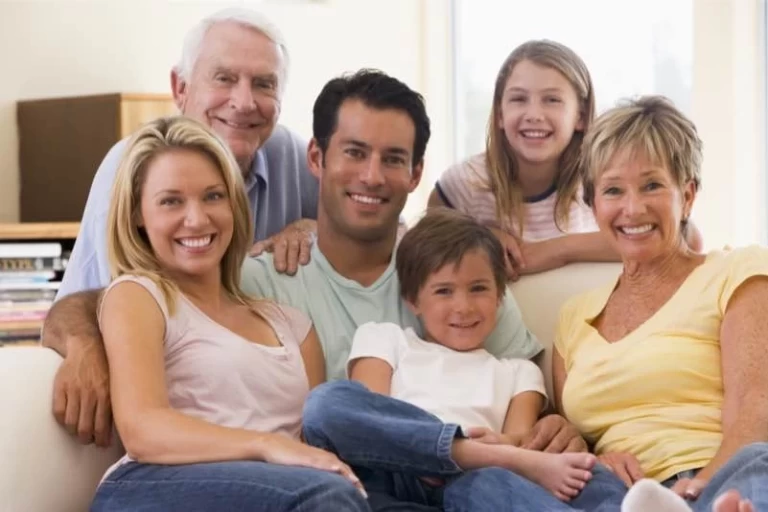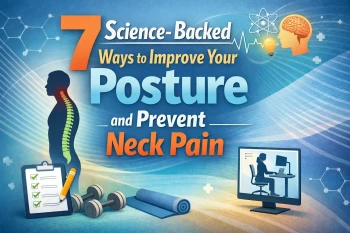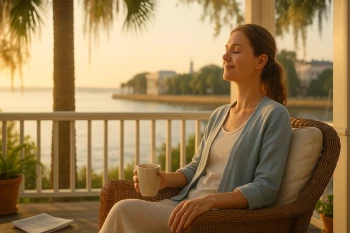
Forward head posture, also referred to as poked beck, is when the position of your head is in front of the midline of your body. This causes a lot of physical issues due to the additional amount of pressure on the neck from having an abnormal posture. Forward head posture is also one of the most common causes of pain and tension in the head, neck, shoulders, and spine.
Having forward head posture will negatively affect your muscles, making them either long and weak or short and tight. Muscles that will become long and weakened by the forward head posture include:
- Erector Spinae - These muscles are attached to the back of your lower cervical spine and upper thoracic spine. They play a significant role in rotating and straightening your spine; however, when these muscles are made longer in length and weaken, they lose their ability to keep the neck and upper back from hunching forward.
- Deep Cervical Flexors - The deep cervical flexors, also referred to as the longus capitus and longus colli, are along the front of your cervical spine. These muscles help stabilize your neck but if they become weak, they will lengthen while the chin begins to tilt away from the neck (this is called “chin poking”).
- Shoulder Blade Retractors - Your shoulder blade retractors (your middle trapezius and rhomboid muscles) help keep your shoulders back and chest open, allowing you to keep good posture. When these muscles are weakened, your shoulder blades will begin to move forward and contribute to the hunching shoulders and forward head posture.
When there is a long-term forward head posture, this will cause muscles to become short and tight. Muscles that become short and tight include:
- Chest Muscles - When the muscles of the upper back lengthen as the shoulders round forward, the chest muscles could shorten and become tight – making it harder for you to keep good posture.
- Suboccipital Muscles - The suboccipital muscles are 4 pairs of small muscles. These are in the lower back of your skull and the top of your cervical spine (neck area). When you have a forward head posture, these muscles have to work even harder and constantly contract in order to keep the head up and looking straight.
- Levator Scapulae Muscles - Levator scapulae muscles are a pair of muscles that side along the back and sides of the neck. These muscles go from the mid-cervical spine down to your shoulder blades (the scapula). Their purpose is to lift your shoulder blades and to help with your neck movements. When you have a forward head posture, the shoulder blades begin tilting forward and will rotate up along with the rounded shoulders; this can cause your levator scapulae muscles to shorten.
Forward Head Posture Symptoms
Having a forward head posture can cause one or more of the following symptoms to occur:
- Tight Muscles - The pain and reduction in muscle functions can cause less mobility in your neck or cause your neck to become stiff. When you have tight muscles, they are inflamed and tight from either an injury, response to other inflammation near them, areas that trigger pain (trigger point pain), or from being overworked due to improper posture.
- Pain - When your muscles are overworked, they can go into a spasm and create tight and severe pain. This pain is usually localized around the side of the neck or the base of the skull and can either feel sharp or sometimes like a burning sensation. Specific movements or positions can make this pain worse.
- Trigger Point Pain - Trigger point pain is a pain in the muscles that worsen when they are touched. This is common on the back of the person’s neck but could also be present on the shoulders or the head.
- Soreness - Soreness due to forward head posture can spread along the side or back of the person’s neck, the head, their upper back, and shoulders. This is due to the areas being consistently overworked.
Can Upper Cervical Treat Forward Head Posture?
The upper cervical area of your spine is located just under the base of your skull. The upper cervical bones, the Atlas, and the Axis hold up your neck and provide the neck with mobility.
When a misalignment in either of the two bones occurs, it changes your neck’s position and the muscles around it will begin to stretch, tighten, and weaken as they try to support your upper cervical area and level out the head position. Poor posture can cause your upper cervical area to fall out of alignment and apply stress to the surrounding area.
During a misalignment, the brain stem is also affected. The bones compress the brain stem causing a disruption in the brain to body communication; this affects your nervous system and how your body processes and handles information it is given.
Because communication is no longer working as it should, the body’s ability to heal and repair itself decreases and continues to worsen over time. This makes it difficult for the body to repair muscles and tissue that is damaged due to the misalignment.
In order to correct forward head posture, the neck area needs to be aligned and your surrounding muscles need to be able to repair themselves to hold the correct position. The purpose of an upper cervical adjustment is to fix the misalignment in your upper cervical area and release the pressure off your brain stem.
When pressure is taken off your brain stem, proper signals and can be sent from the brain to the body and the healing process can begin.
Each adjustment made is to help give your body the proper communication it needs to continue its healing and repairing process. Depending on the severity of the patient’s case, more adjustments may be needed.
When the brain to body communication is open and no longer compressed, the muscles begin to relax and strengthen around the upper cervical bones to hold them in their proper place. Patients have reported their pain and tension around the upper cervical area decreasing after the very first adjustment.
As your body heals, the pain and tension continue to decrease until your muscles and posture improve their strength.
Since upper cervical treatments focus on the cause of forwarding head posture, your symptoms improve without medication and your posture improves naturally over time.







Leave a comment